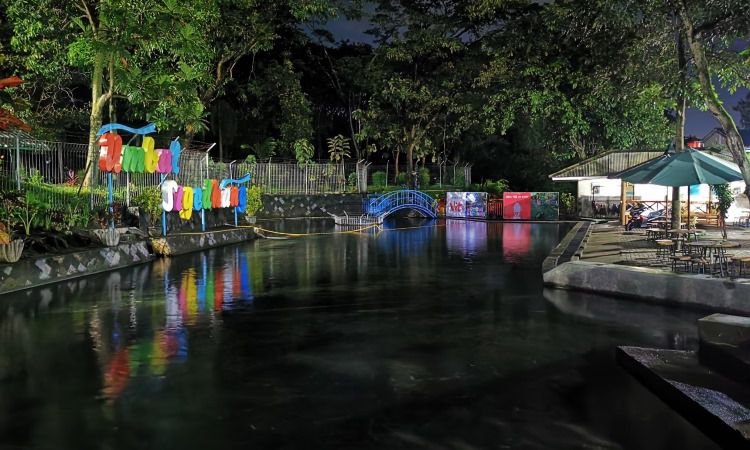Sojiwan Temple Tourism: Perhaps not many people have heard of it, especially when asked where it is located. Indeed, Sojiwan Temple is not as well-known as Prambanan Temple, let alone Borobudur Temple. It's actually not far from Prambanan Temple, taking perhaps half an hour on foot. Recently restored in 2011, this temple is relatively new compared to the other temples. What's most striking about this temple is its similar shape to Prambanan: tall with a pyramid-like structure on top, but the upper part of the temple consists of stupas similar to those at Borobudur. It could be said that this temple is like a "marriage" between Prambanan and Borobudur. This temple is situated within a fairly extensive complex with beautiful, well-maintained gardens. It turns out that this complex was only inaugurated after being restored in December 2011 by the Minister of Education and Culture, Mohammad Nuh. Initially, this temple was only a half-finished structure that looked like a ...
Umbul Sigedang is one of the natural baths (umbul) in Klaten Regency, Central Java. This umbul is within the Umbul Sigedang-Kapilaler tourist area. As the name implies, another umbul here is Umbul Kapilaler. Umbul Sigedang is a pond located on the north side.
The source of this umbul also comes from a spring. The depth of Umbul Sigedang, at its deepest, is 180 centimeters (cm). However, there is a shallow pool for children. When visiting the Umbul Sigedang-Kapilaler area, tourists only need to pay one ticket of IDR 10,000 for two tubs.
Umbul Sigedang used to have many banana trees and statues According to the information written in Umbul Sigedang, it turns out that there used to be many banana trees around this umbul. That is the origin of the name Sigedang from the Javanese word gedhang which means banana. In addition, back in the 1980s, there were many statues found around Umbul Sigedang.
The statues are thought to have come from the Ancient Mataram Kingdom, which at that time had a Hindu-Buddhist character. For information, Umbul Sigedang-Kapilaler is located in Dukuh Umbulsari, Ponggok Village, Polanharjo District, Klaten Regency. Not far from the Umbul Sigedang-Kapilaler complex, there is another famous umbul, namely Umbul Ponggok.


Comments